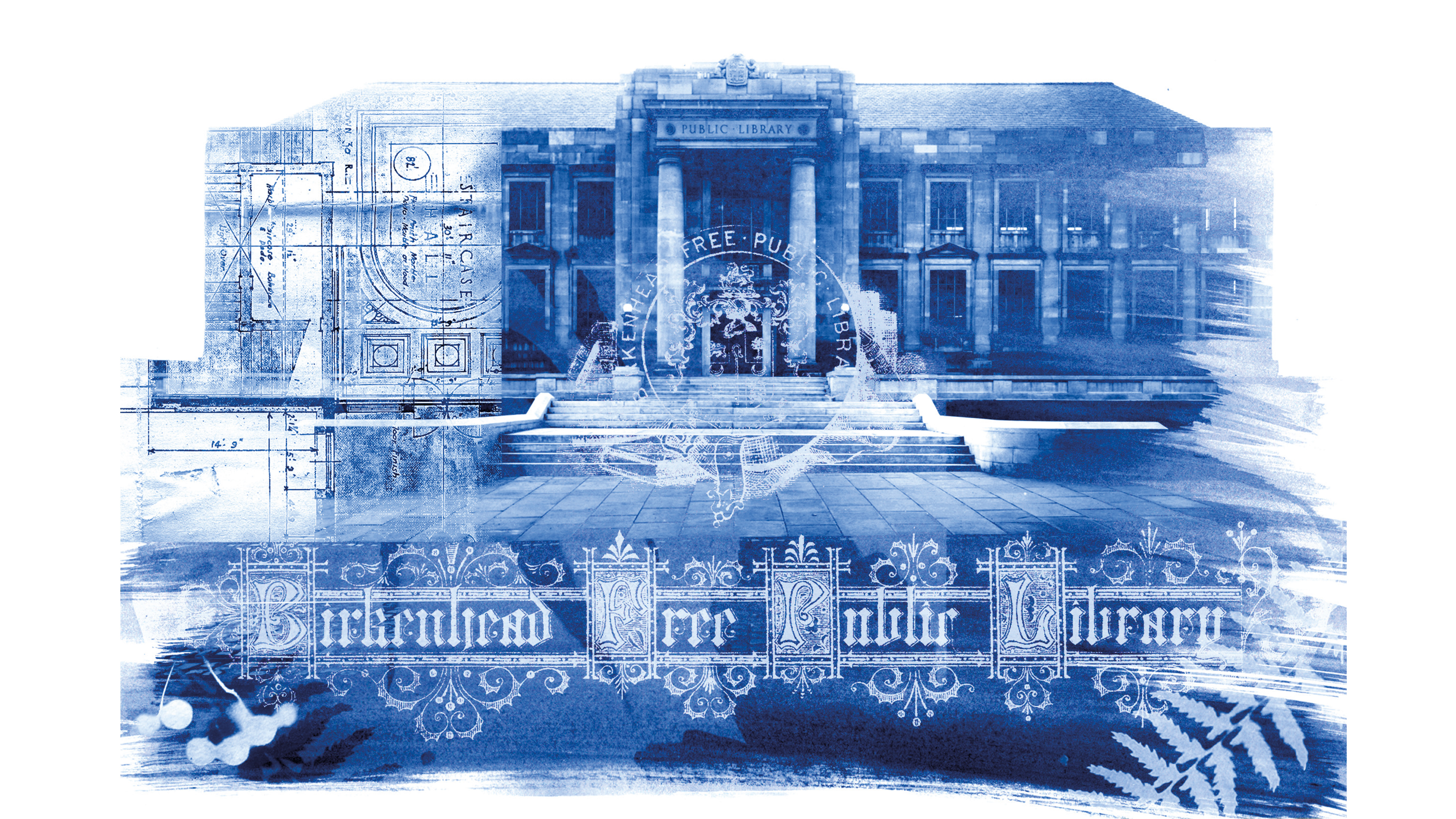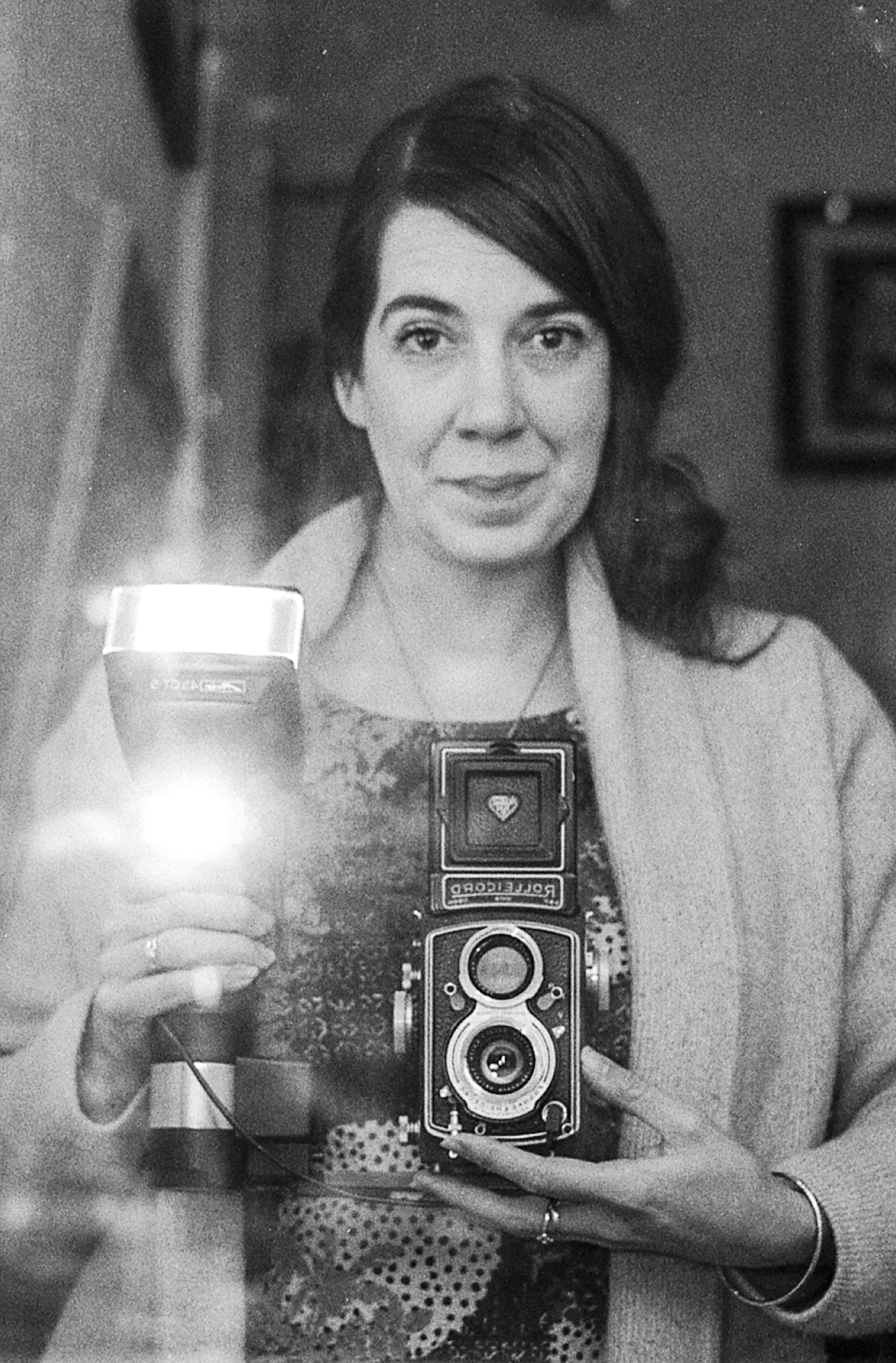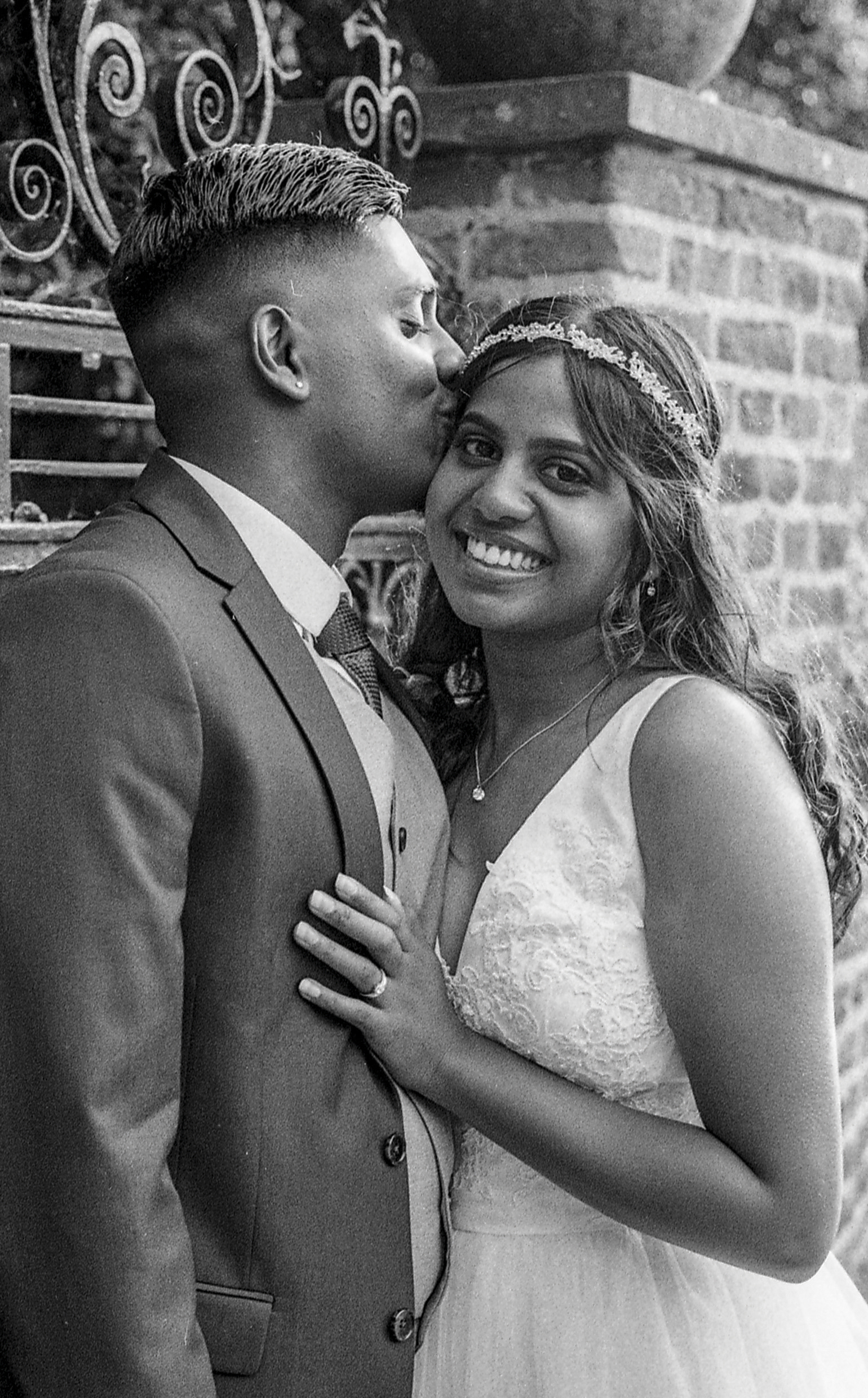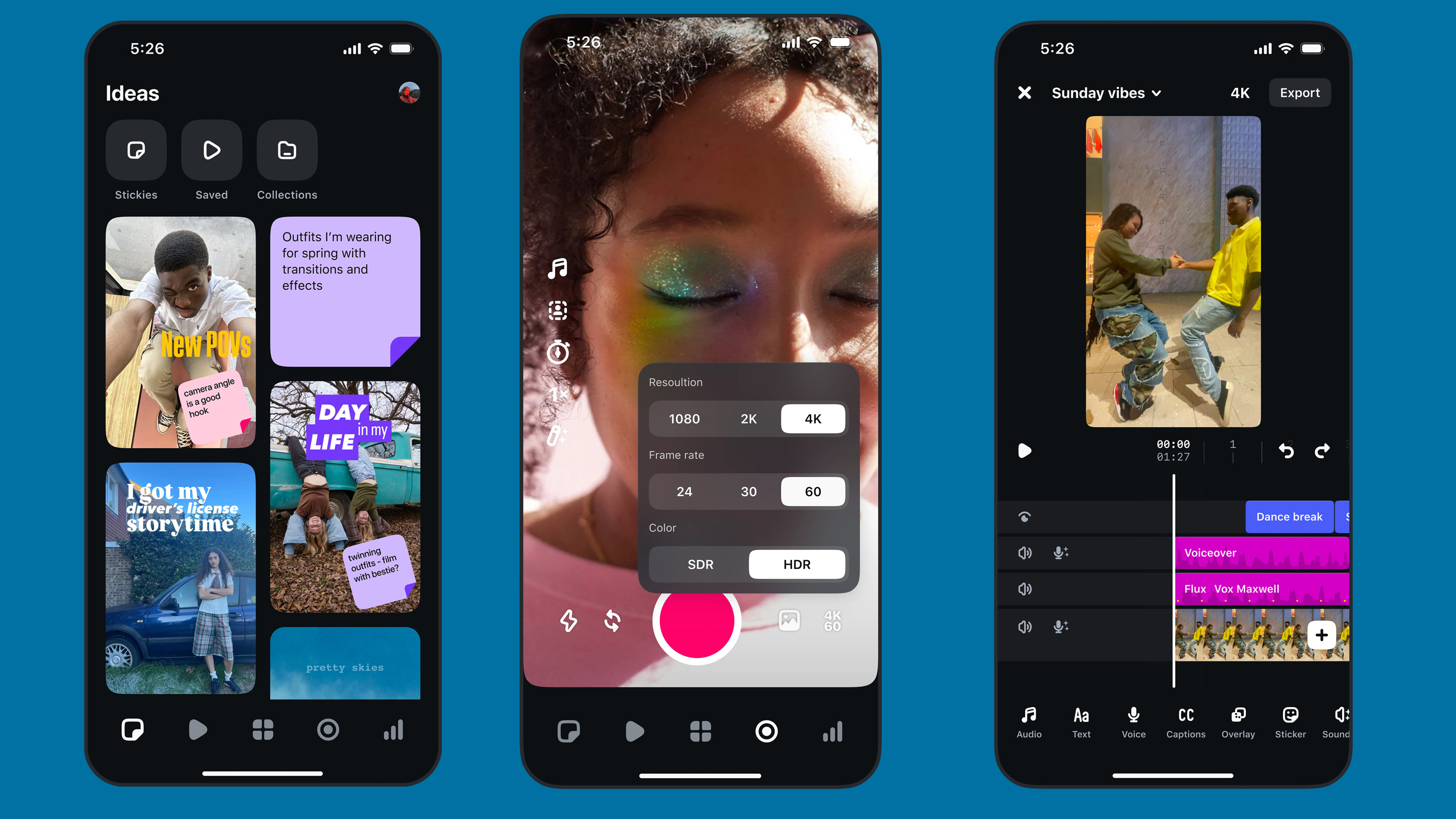Film isn’t the easiest way to capture images, but it achieves stunning results
Rachel Brewster-Wright of Little Vintage Photography gives her pro advice and explains why she shoots on film

I’m Rachel Brewster-Wright and I’m a wedding photographer, educator, writer and co-host of the Sunny 16 film photography podcast. As an 80s child, I grew up with film and the creative possibilities it offered. I now specialize in analogue processes, ranging from cyanotypes, anthotypes and wet plate through to more conventional film photography and darkroom printing.
I do have a hybrid film and digital workflow. Digital ensures I get the shots I need so I can focus on capturing the special, more intimate pre- and post-ceremony moments on film. The two mediums complement each other. I want the photography to be an experience for the couple, a collaborative process of sorts where it is fully tailored to the client. I find shooting film helps with that. The old cameras, the process – they create a connection and conversation which is vital when shooting weddings.

Film is part of the reason that clients choose me for their special day. They like the aesthetic and authenticity of film. Some are film shooters themselves but, more than that, it is a style that fits the look the couples want to achieve.
I’m a firm believer in quality over quantity, so I offer a specialist service that fits the way I like to work. Using film and the style it creates puts my services into a niche but it is the one I want to be in. It also means that the couples who seek me out get exactly what they want.

Rachel’s top tips for shooting film commercially
Always use a tried and tested camera. A commercial shoot is not the time to test out your latest eBay purchase. Service your cameras regularly and always carry a backup. Make sure you're using the best film cameras.
Shoot a film stock that you know well. That way you know how to get the best out of it and achieve the look that you want with no surprises.
Have a sharpie with you. I use one to write the film speed on the cassettes. You may need to push film during a shoot and it is vital to keep a track of this.
Get the Digital Camera World Newsletter
The best camera deals, reviews, product advice, and unmissable photography news, direct to your inbox!
Take more film than you think you will need. You do not want to run out mid-shoot, so take plenty and at different speeds to account for changing or variable light.
Take a cheap, fun camera along with you too. Time permitting, a Holga or Lomo-style lo-fi camera, or even the best Instax cameras or Polaroid, can capture something a bit different.
Read more:
Best film for 35mm cameras
Film vs digital photography - which is best?
Best darkroom equipment
Digital Photographer is the ultimate monthly photography magazine for enthusiasts and pros in today’s digital marketplace.
Every issue readers are treated to interviews with leading expert photographers, cutting-edge imagery, practical shooting advice and the very latest high-end digital news and equipment reviews. The team includes seasoned journalists and passionate photographers such as the Editor Peter Fenech, who are well positioned to bring you authoritative reviews and tutorials on cameras, lenses, lighting, gimbals and more.
Whether you’re a part-time amateur or a full-time pro, Digital Photographer aims to challenge, motivate and inspire you to take your best shot and get the most out of your kit, whether you’re a hobbyist or a seasoned shooter.
- Lauren ScottFreelance contributor/former Managing Editor

